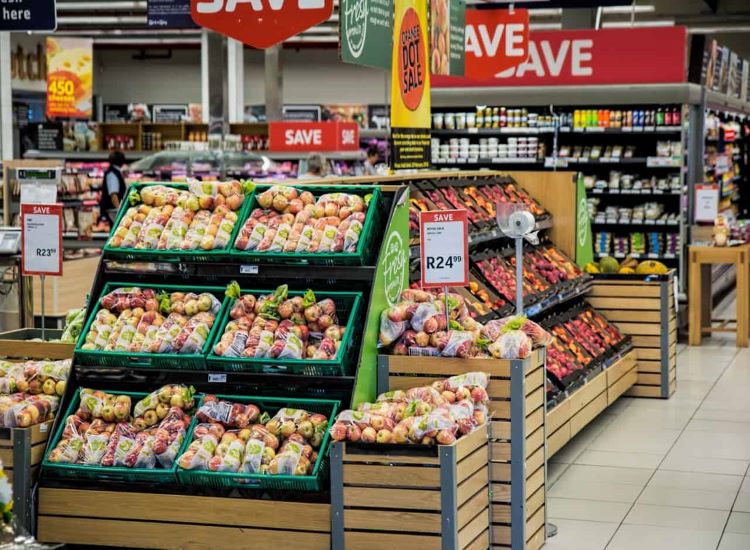Shrink wrapping is an adaptable multipurpose packaging that has a wide range of applications spanning various industries, especially for its ability to provide protection during transportation and maintain the freshness of food items. It involves using a heat-sensitive film that shrinks when subjected to heat and adapts around the product according to the shape to create an air-tight barrier. The barrier prevents oxygen from reaching the food inside, thereby reducing the decomposition rate and increasing the shelf life of enclosed food.
The shrink packaging primarily consists of high-quality polyolefin film which is transparent, low weight and chemical resistant. It provides a clear, sparkling and completely enclosed package. Businesses are increasingly looking to optimize their operations through automation, especially in packaging to put more efficient and agile packaging systems in place.
Purpose of Shrink wrapping
Shrink packaging makes any enclosed item waterproof, weatherproof and tamperproof regardless of the size. It brings an extra layer of confidence to the consumer and with its sparkling display adds to the aesthetics as well.
Protection
The shrink films with their durability ensure the protection and preservation of the enclosed content. For instance, when packaging items with sharp edges, only cross-linked films are used as they offer high resistance against any tear and puncture, especially when in transit.
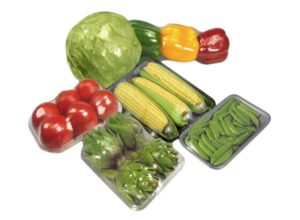
The shrink films also help to decrease the rate of decomposition in perishable items as well as not letting the odor of packaging’s content out. Frozen food, fruits, vegetables and other products packed in boxes are secured to safety until it reaches the end customers.
Brand promotional packaging
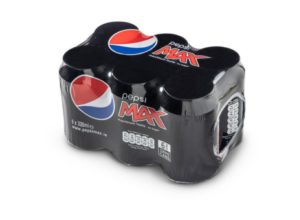
Whether it is transparent or is printed with brand info, shrink wrapping serves as a promotional tool for the product. It presents the contents to the consumers, in a transparent, yet protected and reliable package.
Cost effective
The durability of shrink films has enabled brands to adopt shrink wrapping as an alternative to corrugated packaging, especially when multi-packing the products together. Even heavy products can be shrink wrapped safely without needing a corrugated tray. Lightweight items can also be packaged together in polybags and thereby requiring less space. All this not only reduces the overall packaging cost but also keeps the shelf footprint at a minimum.

Items are packed together in polybags.
Shrink wrapping application in the food industry
One of the industries where shrink wrapping has found its maximum use is the food industry. It helps small, medium and large-sized businesses alike in reducing their everyday costs, increasing the shelf life of food and thereby reducing food waste.
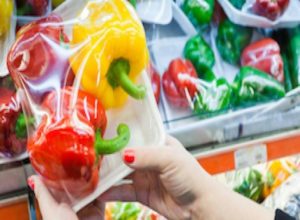
Shrink wraps prevent oxygen from getting inside the packaging, reduce the rate of decomposition, increase the shelf life of the food and keep it fresh. They prevent dehydration of the product inside the fridge as well as prevent it from getting any cold injury and also allow for better food storage.
Types of shrink wrap films
In order to safeguard the products against physical damage or perishable circumstances, three types of films are used in shrink wrapping: polyvinyl chloride, polyolefin and polyethylene. Each of them has a different set of characteristics that distinguish their application in packaging. Furthermore, they can be coextruded into multilayer films with additives to enhance the shelf life of the product.
Here’s a breakdown of the three primary shrink films types:
PVC
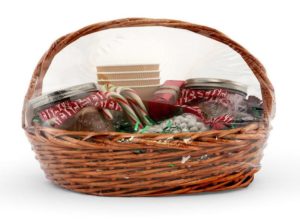
PVC stands for Poly Vinyl Chloride and is a lighter weight packaging that is affordable and versatile in usage. The chloride present in the film prevents the PVC shrink film from coming in direct contact with the food item. It is commonly used for shrink wrapping CDs, DVD’s, soaps, candles, boxes of chocolates, etc. It was once a widely used shrink film but has long since given way to polyolefin and polyethylene for several reasons- the primary ones being the health dangers posed by it and its sensitivity to heat, whereby it becomes brittle.
Polyolefin (POF)

It offers great durability and flexibility that makes it suitable for a variety of applications in packaging. It is an FDA-approved safe material and is preferred where packaging material comes into direct contact with the food. Due to its strong and durable seal, it works with different machines and sealers. It is more expensive than PVC but adjusts to the different temperatures better than PVC and is suitable for protective packaging that can be stored anywhere.
Polyethylene Shrink Wrap
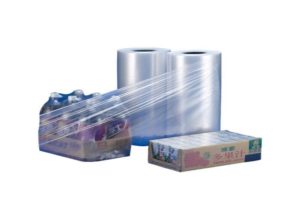
It is thicker and offers better stretchability in comparison to the other shrink films. It is commonly used in grocery stores to shrink wrap beverage bottles, personal care products, and other household products. It is utilized in wrapping or unitizing a variety of large products as well. In addition to that, some of its types also offer UV protection for outdoor storage. The three most common forms of polyethylene include High-Density Polyethylene (HDPE), Low-Density Polyethylene (LDPE), and Linear Low-Density Polyethylene (LLDPE).
Opened Up New Opportunities
The advantages shrink packaging brings about with it have opened up the space for more innovations to make its wider use possible. For instance, customized shrink films for heat shrink and heat seal tunnels have opened up new possibilities in the field of metal packaging. These films are corrosion inhibiting and compatible with the automated heat sealing tunnels that streamline the packaging with proper sealing and quality assurance process. This ensures intact delivery of the metal parts without any rusting on them.
Another example is crosslinked shrink film which uses cross-linking of polymers with irradiation to increase the strength and sterilization of the shrink film. In these crosslinked polyolefin films, the interwoven strands increase the films’ seal strength and tear resistance. This additional strengthening of polyolefin film makes it a suitable choice for wrapping heavier products with sharper edges and corners. Cross-linking provides a tougher material that offers crystal-clear optics, stronger seals, and excellent shrink characteristics.
In conclusion, irrespective of the industry, along with sturdy packaging for better protection against physical damage and contamination, keeping packaging waste to its minimum level is of paramount importance for manufacturers as well. All this not only makes for a sensible economic decision for them but reduces their overall environmental impact as well. Shrink wrapping offers an ideal packaging solution that is cost-efficient and eco-friendly.
Machine Dalal is an online platform preferred by the global print, packaging and converting industry professionals to connect with each other and trade their equipment.
Visit the Machine Dalal website or simply download our app onto your Android or iOS smartphone.
